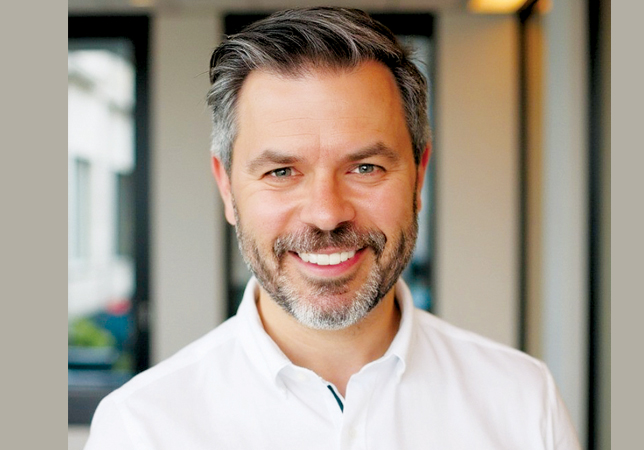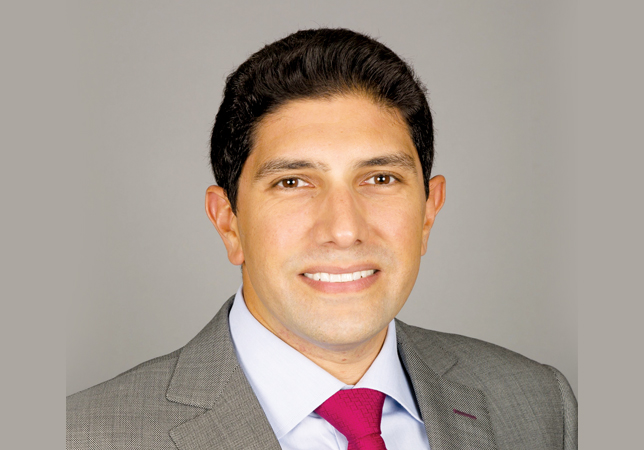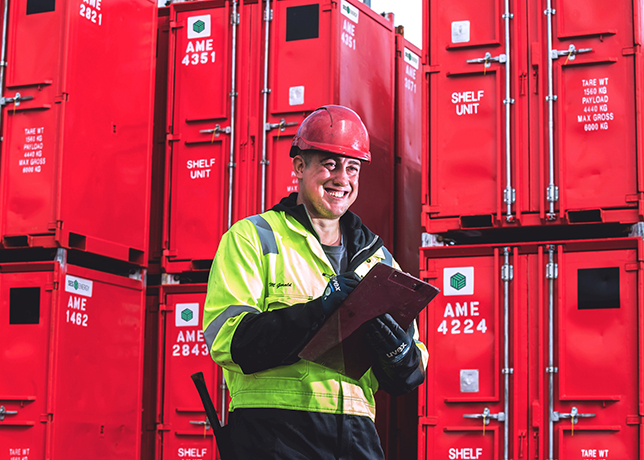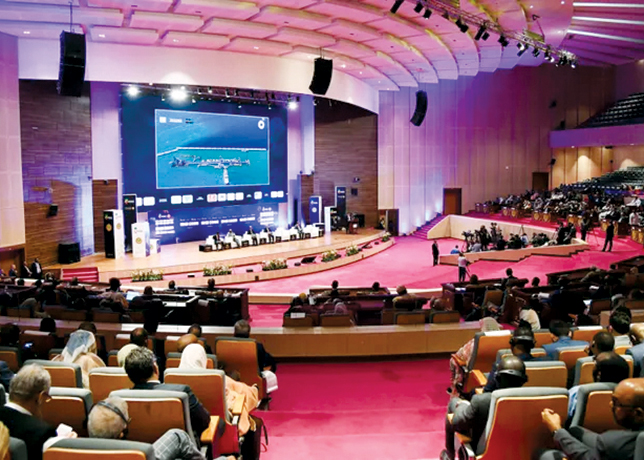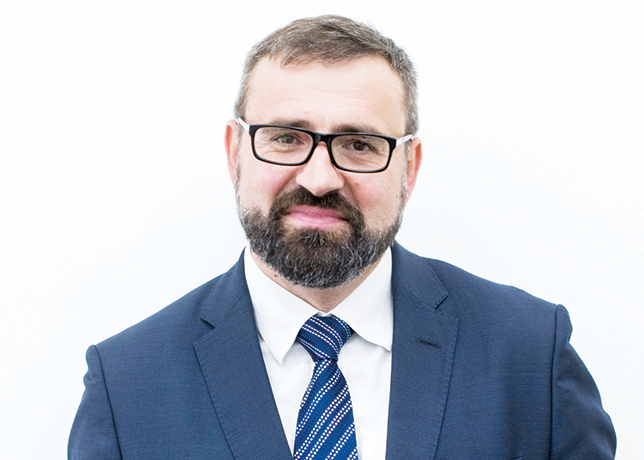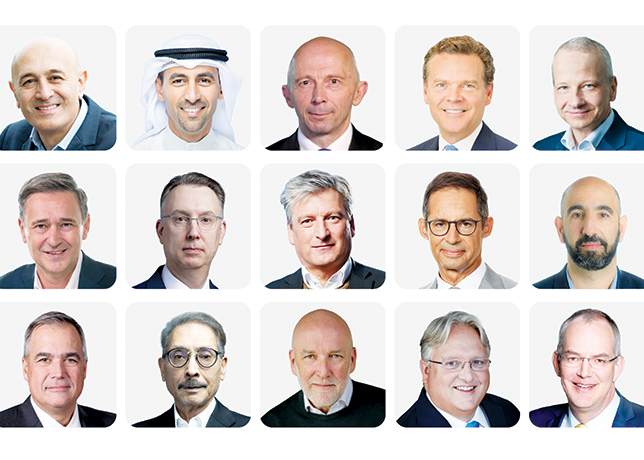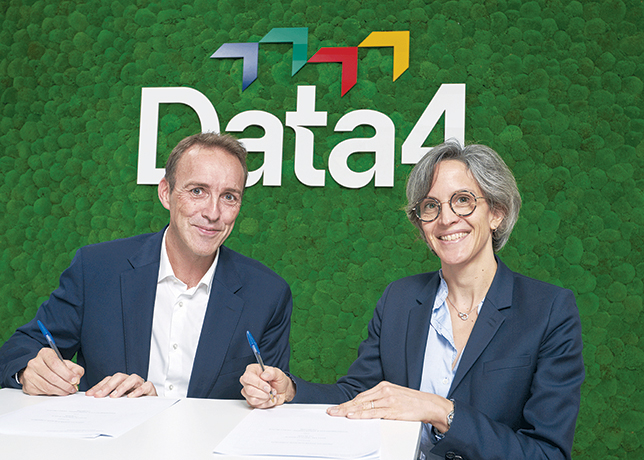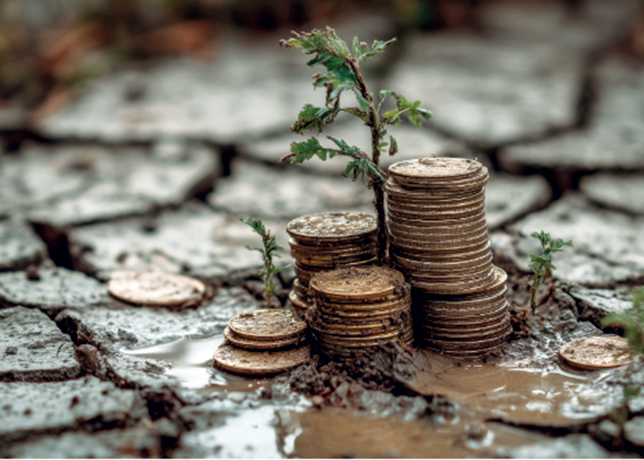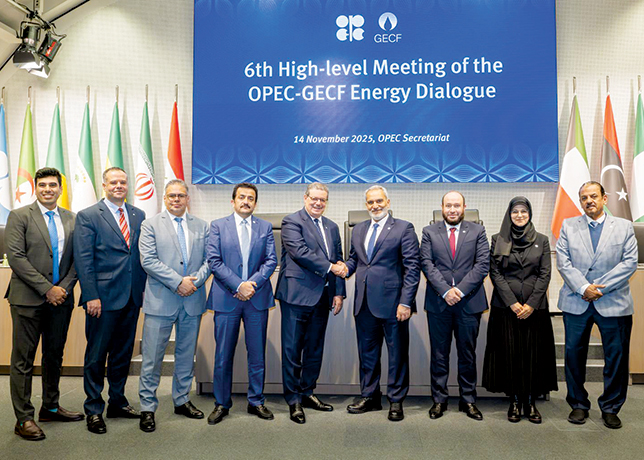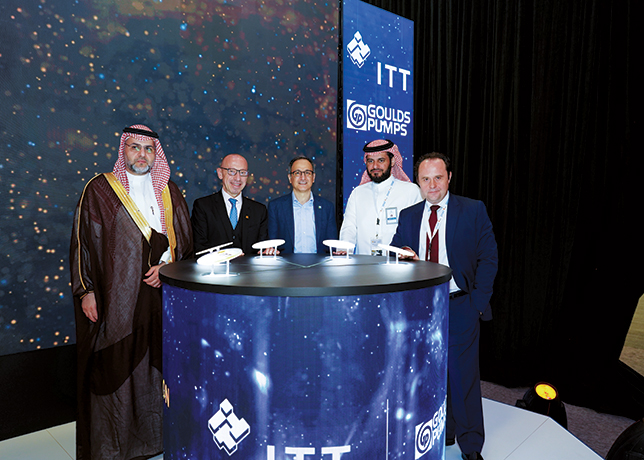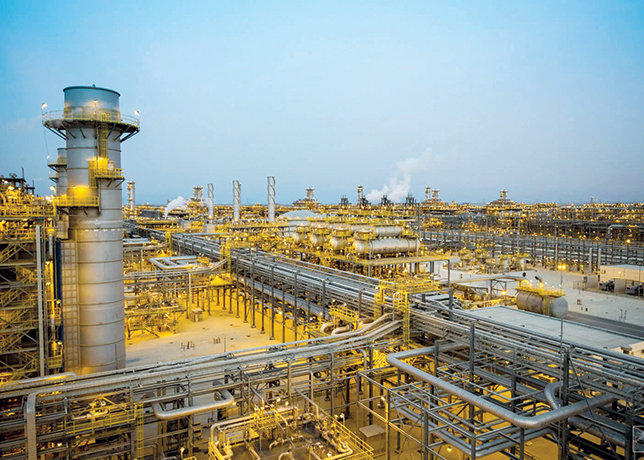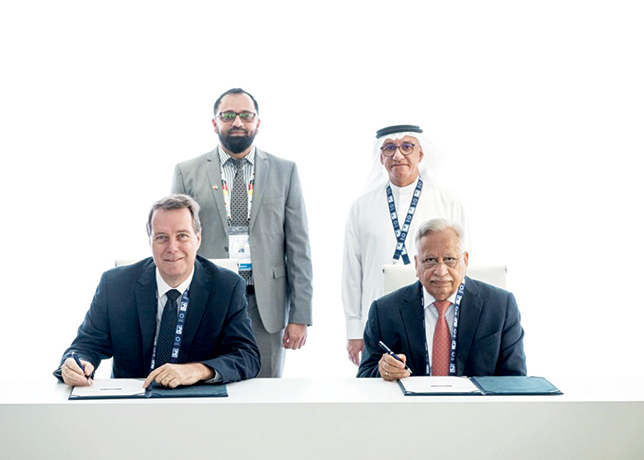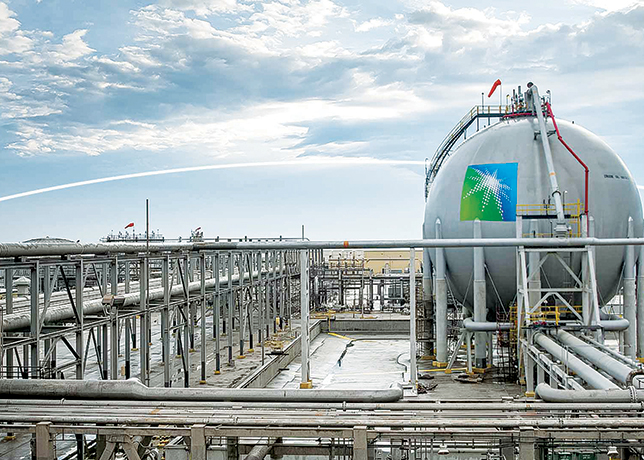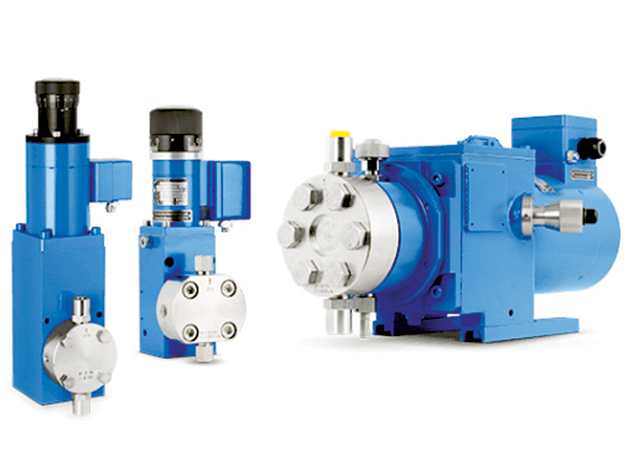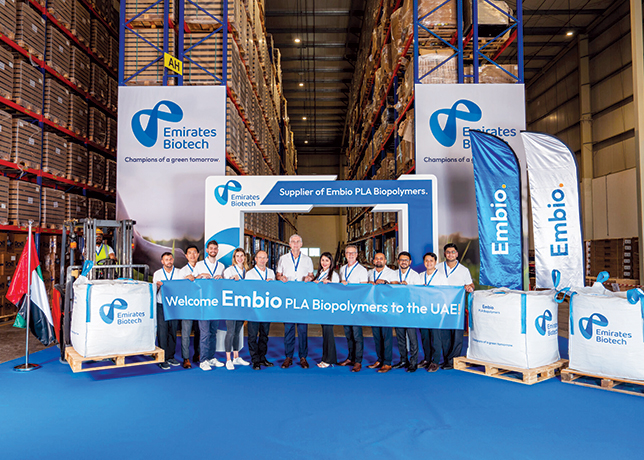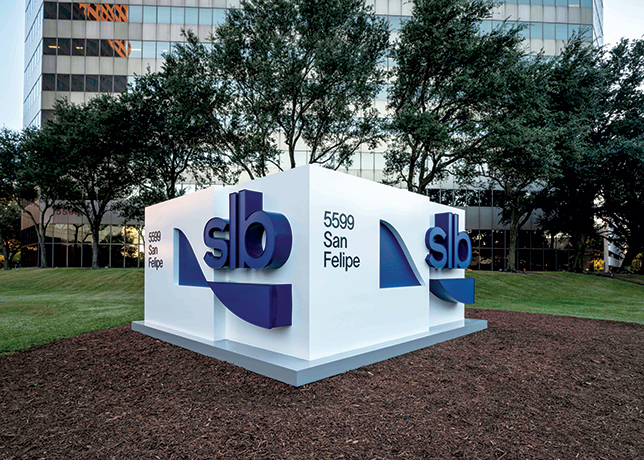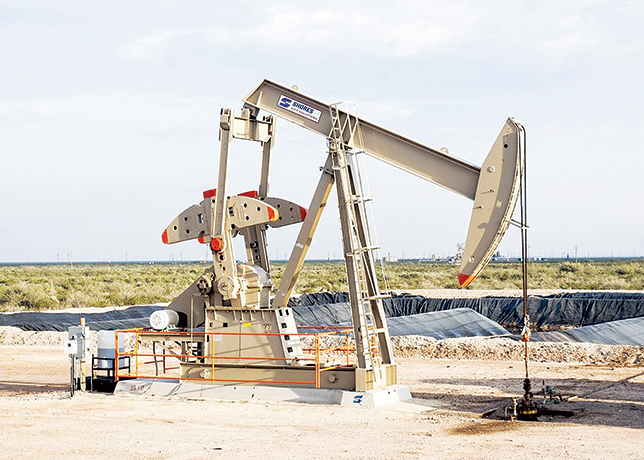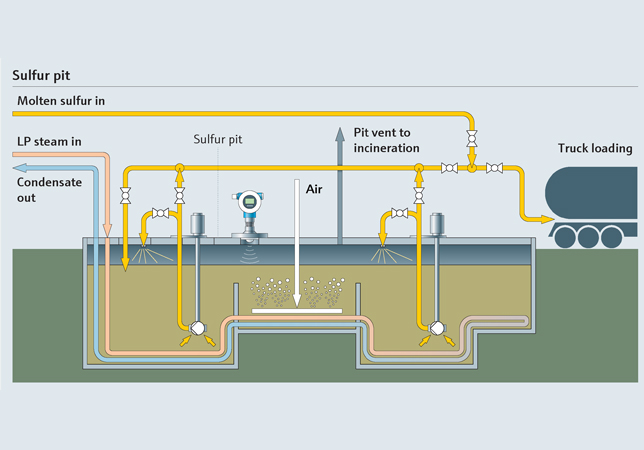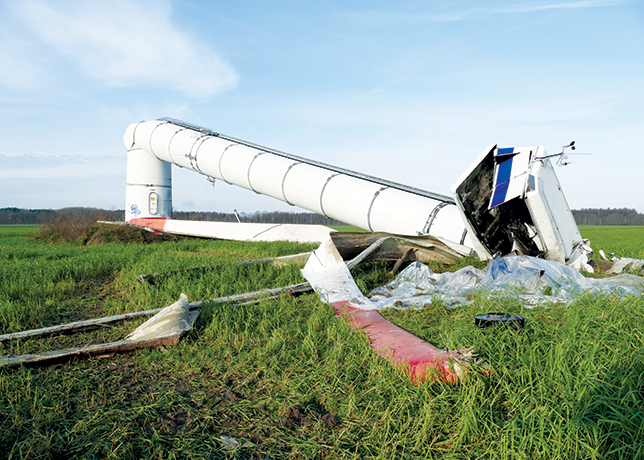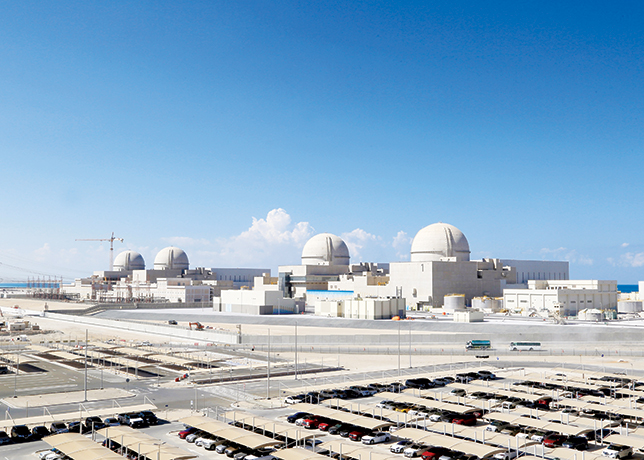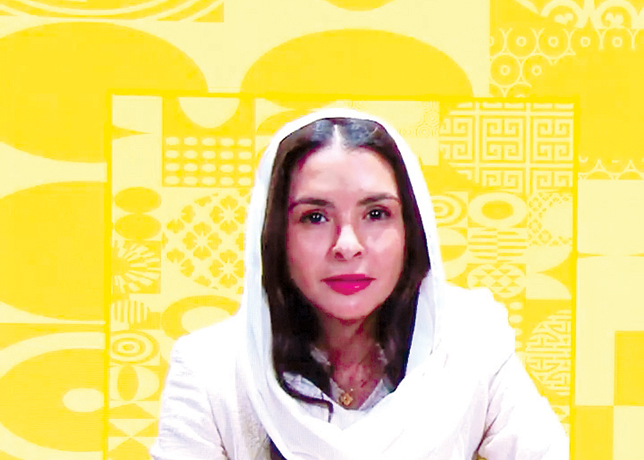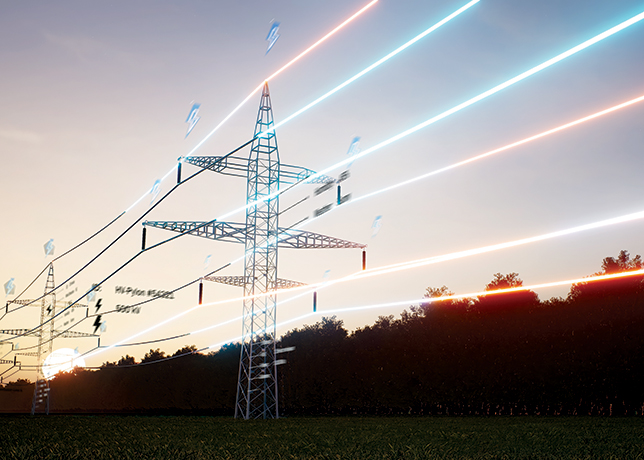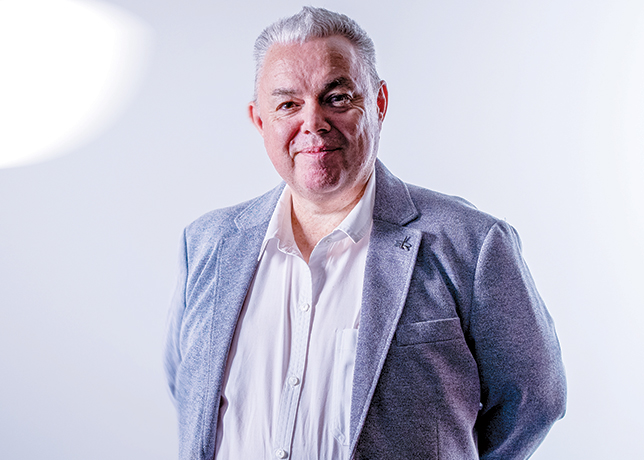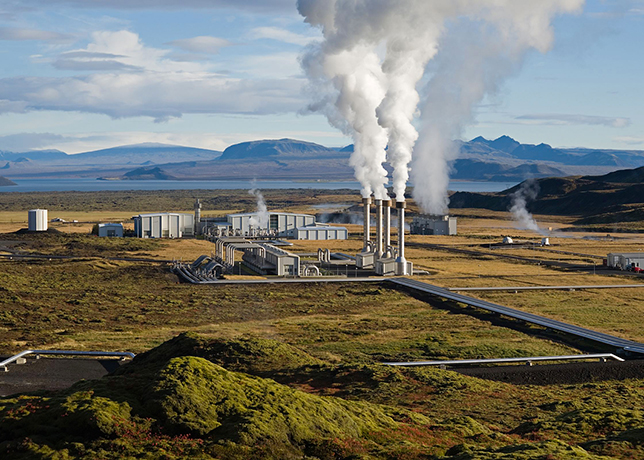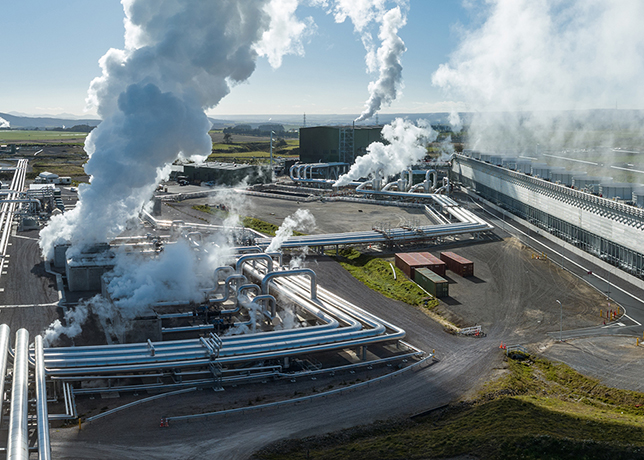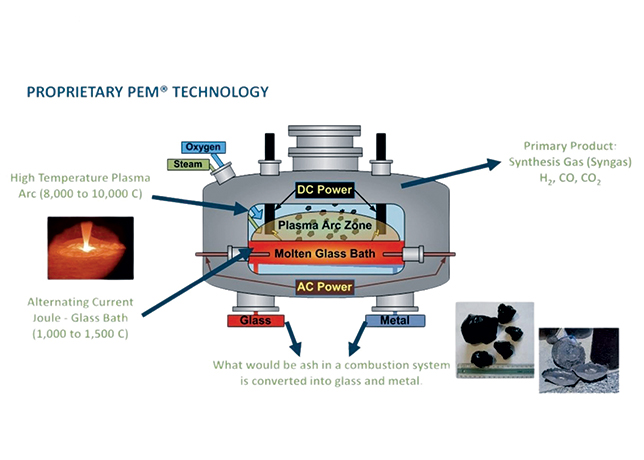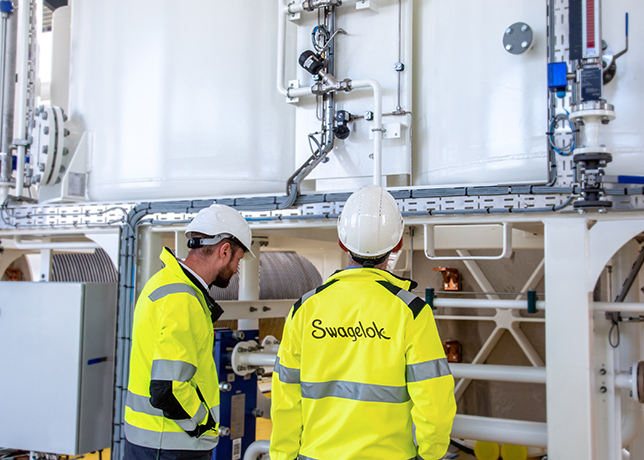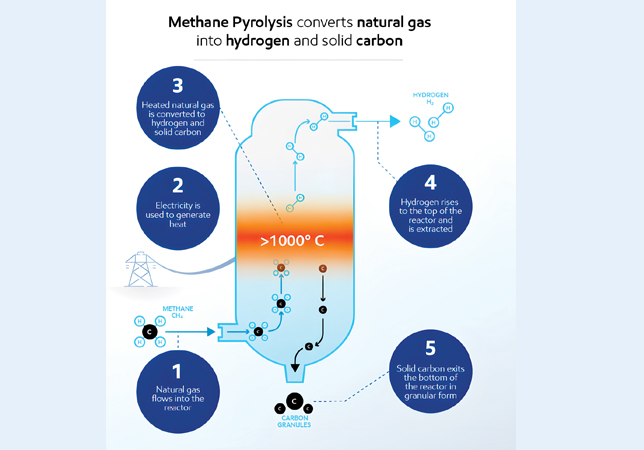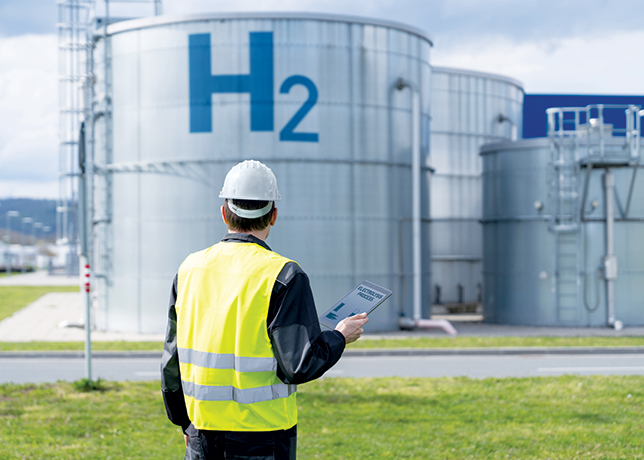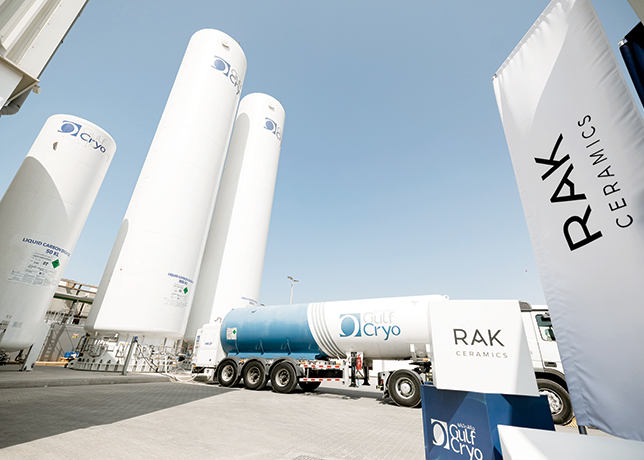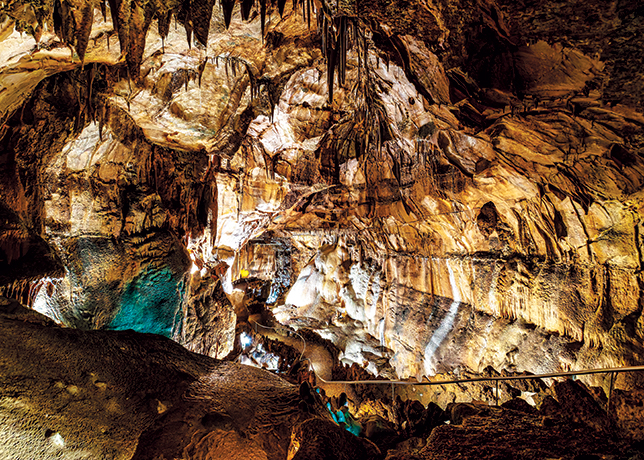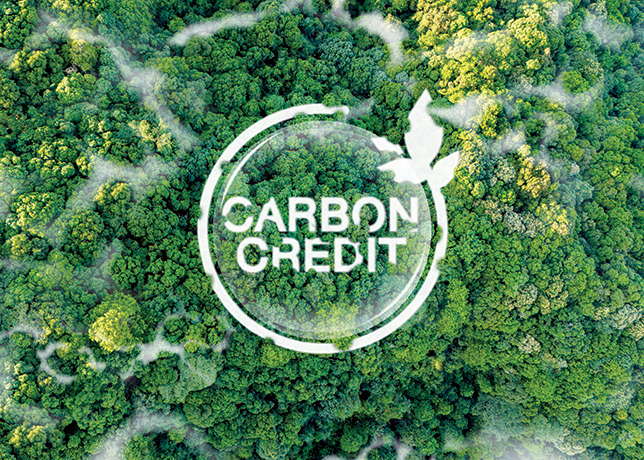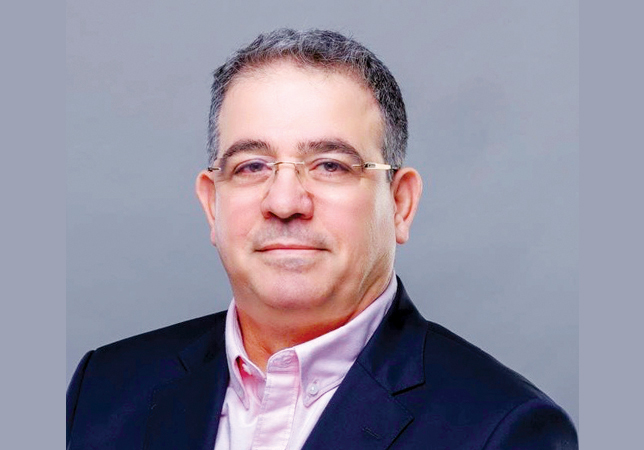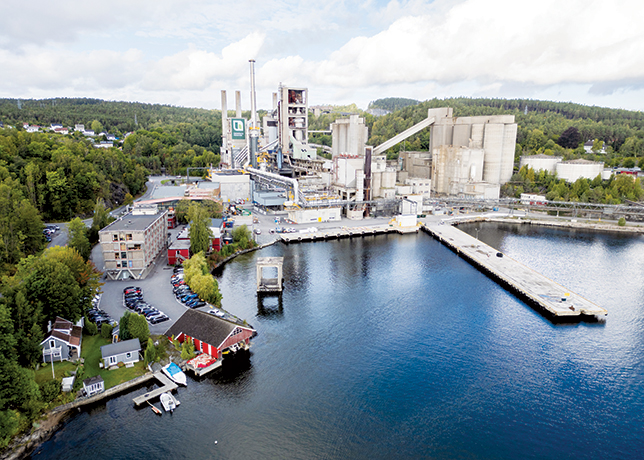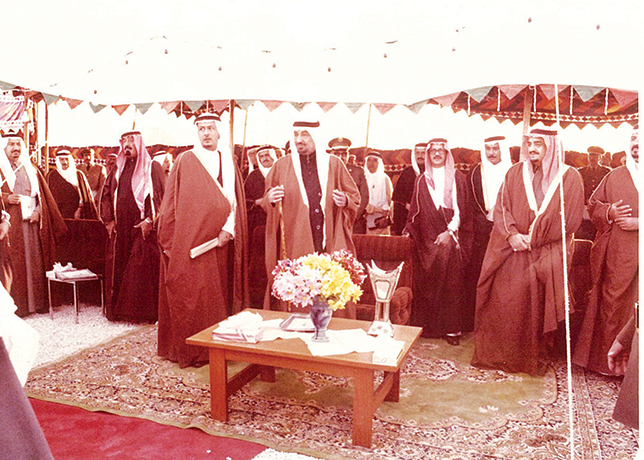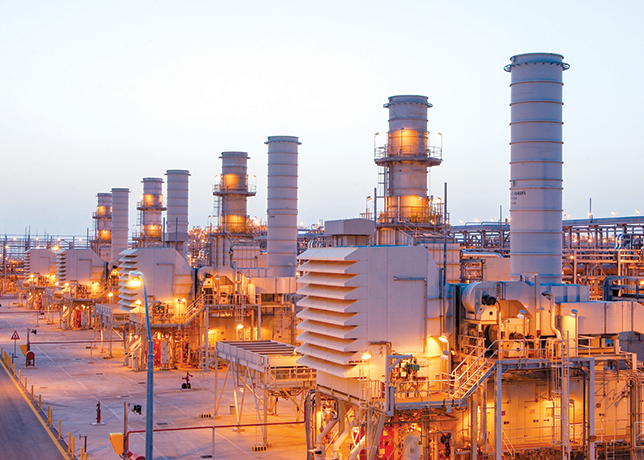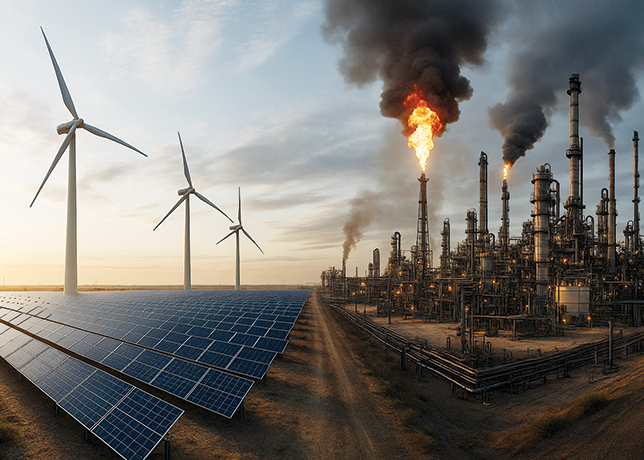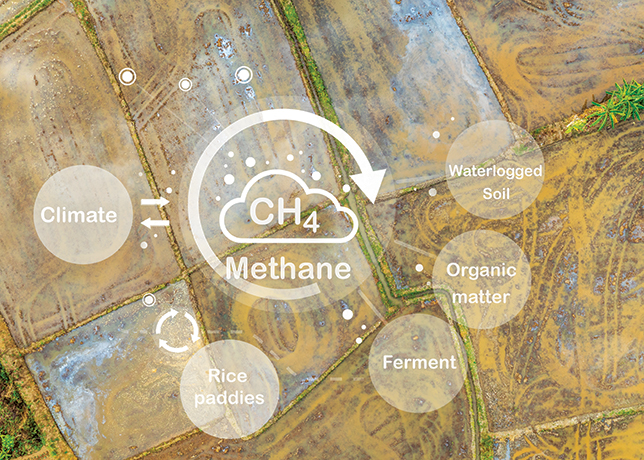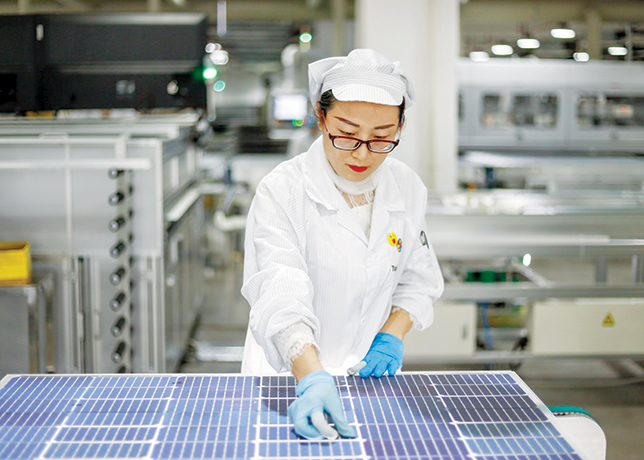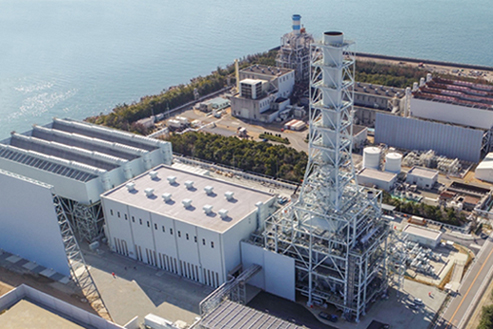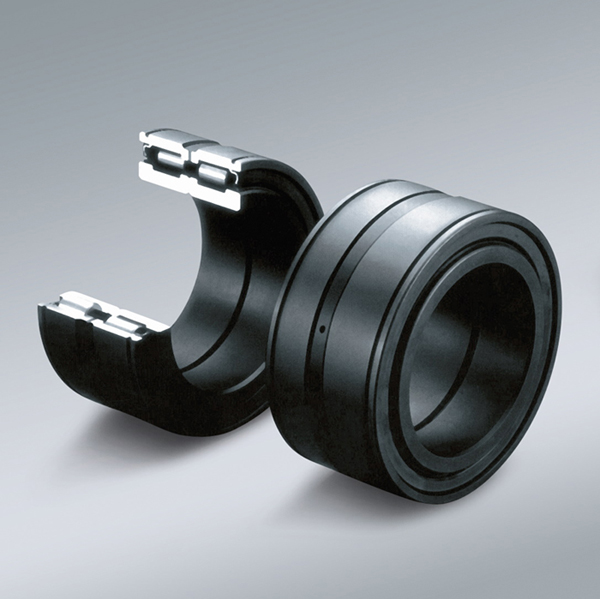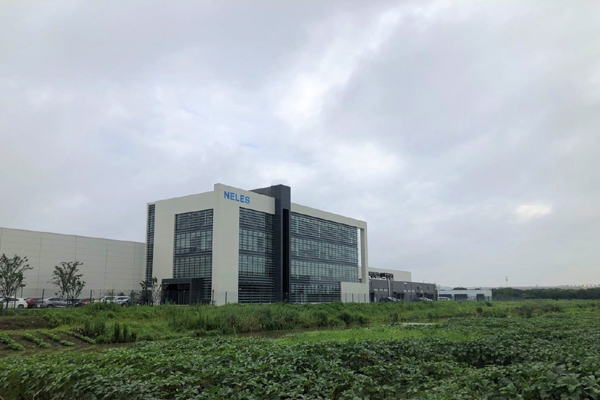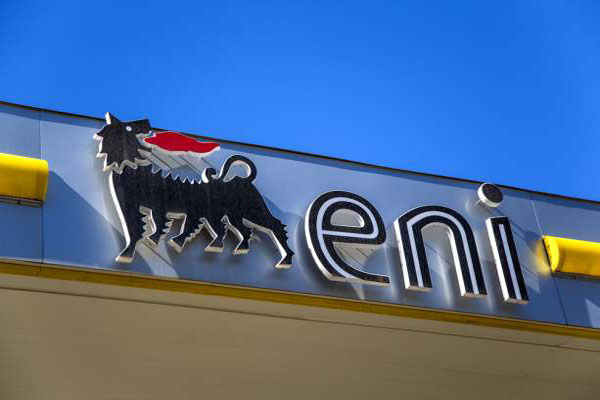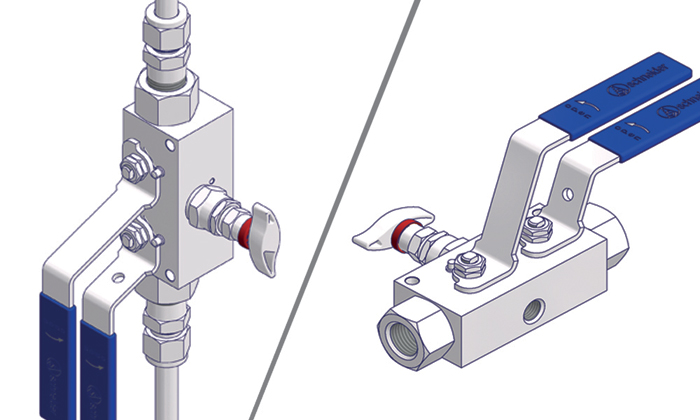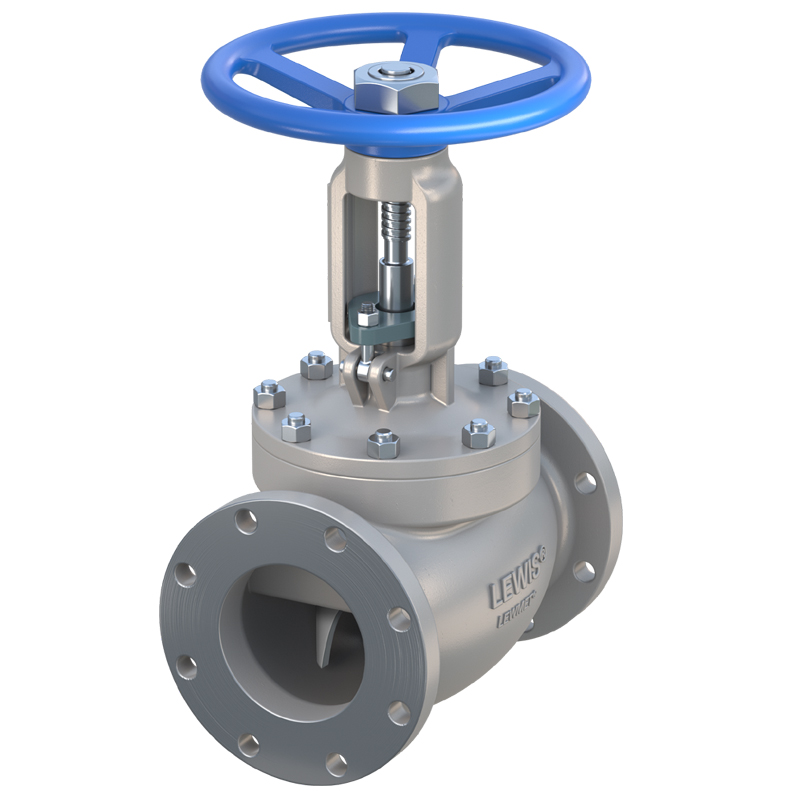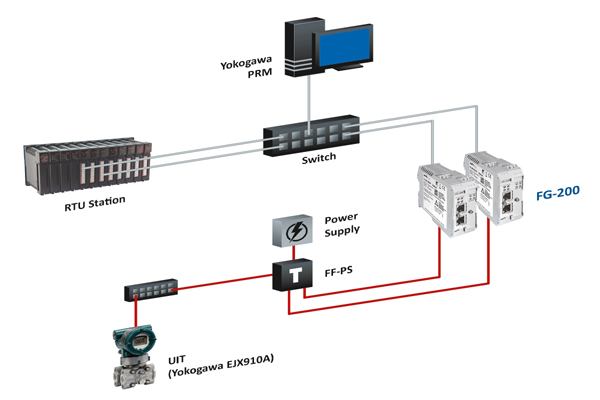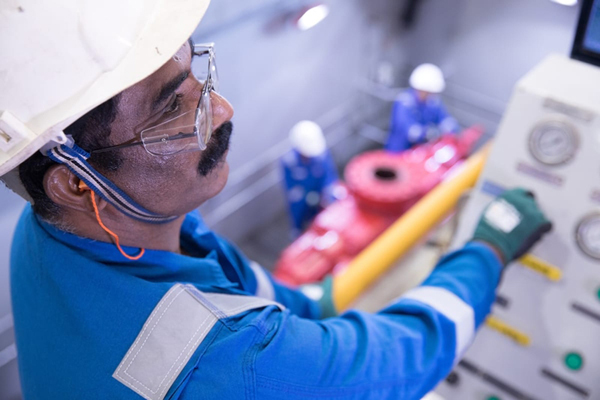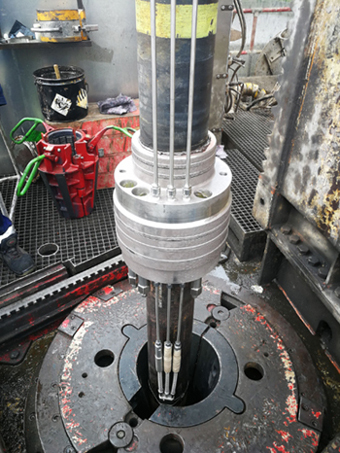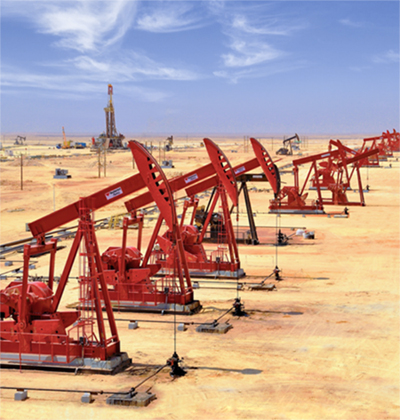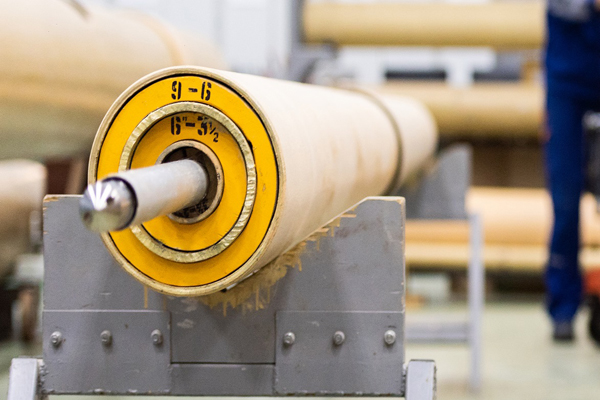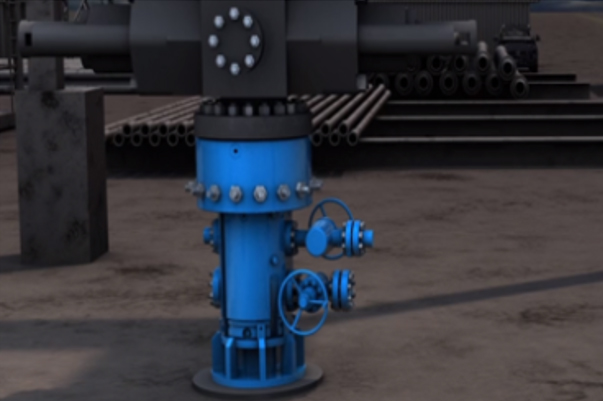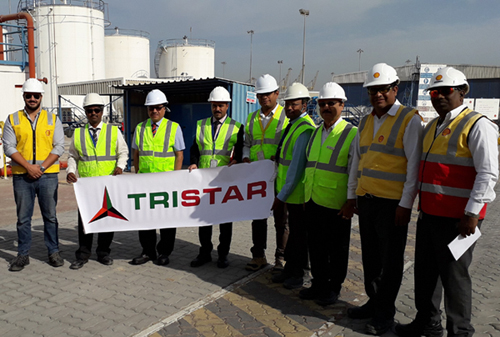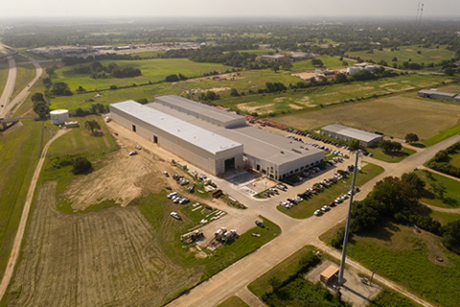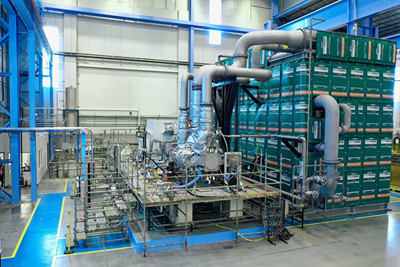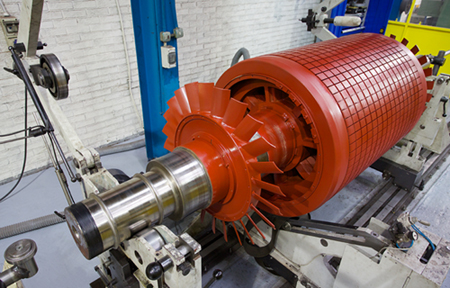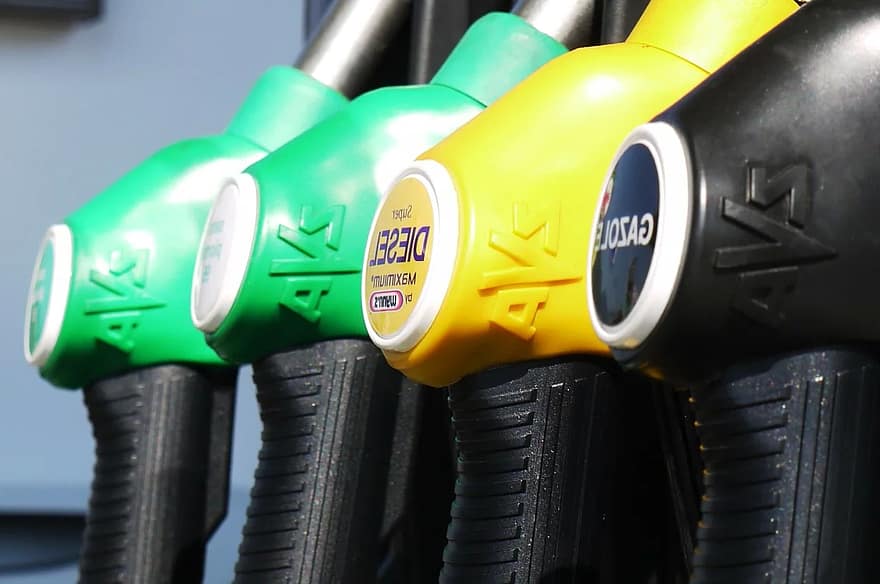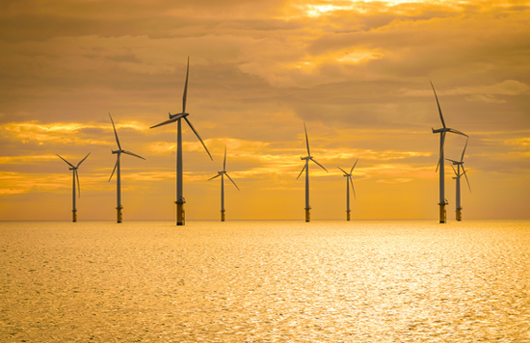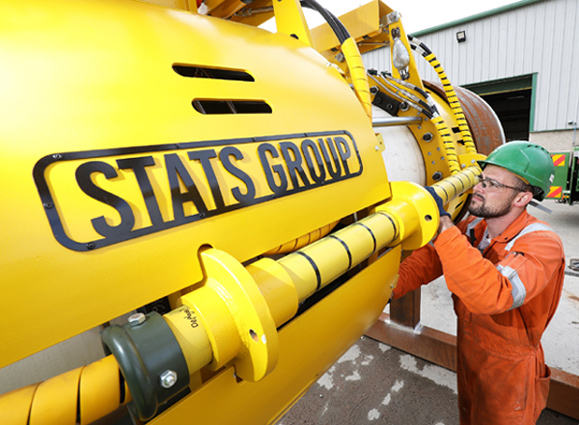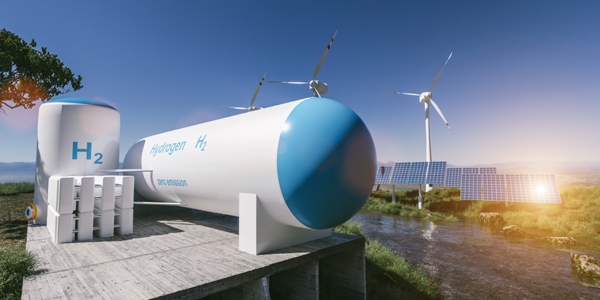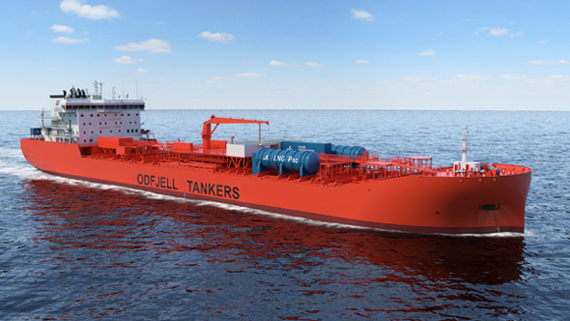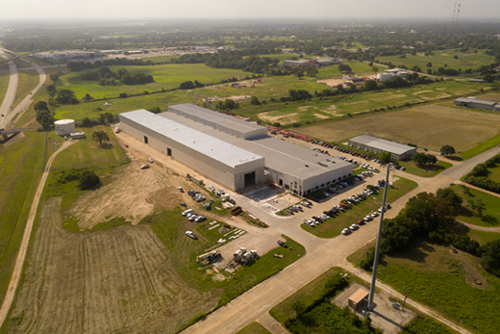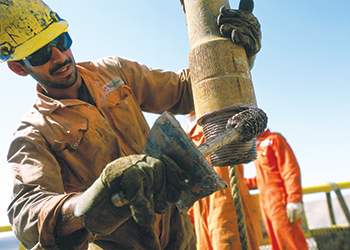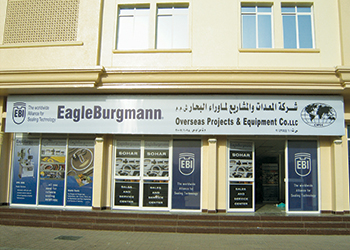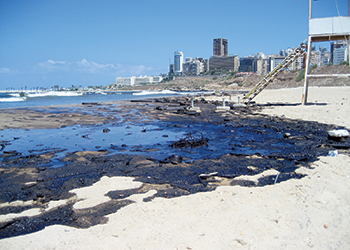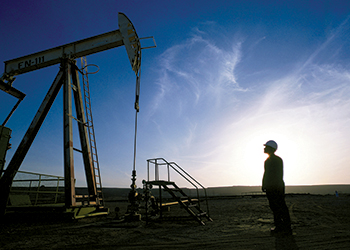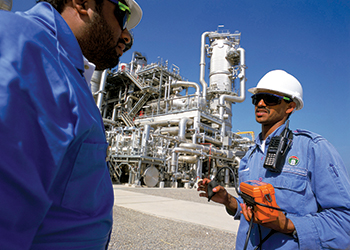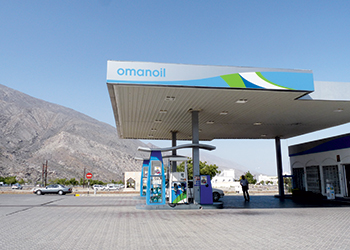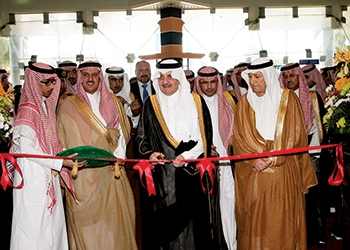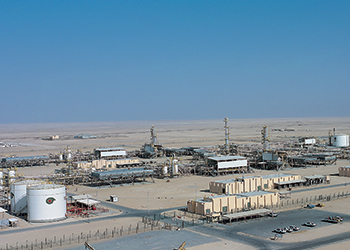
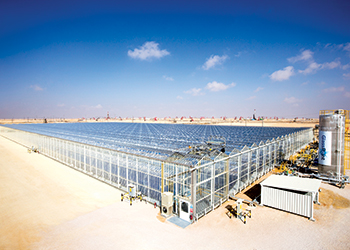 Oman has taken to solar for its EOR
Oman has taken to solar for its EOR
The $600 million, 1 gigawatt solar plant, the largest of its kind, will produce 6,000 tonnes of steam per day from 36 glasshouses to recover heavy and viscous crude from the Amal oil field and is expected on stream before the end of 2017
Tightening natural gas supplies, partly driven by the utilisation of gas-intensive enhanced oil recovery (EOR) operations, are pushing Oman to target solar-powered steam generation as a key alternative to forcing more crude out of the ground, key industry officials says.
Oman, which is already reliant on imports to meet gas demand growing at over 5 per cent per year, can’t afford to keep allocating so much gas to power EOR. Around 22 per cent of its gas – 25.6 billion cubic feet (725 million cubic metres) in March – is used in oil fields, according to data from Oman’s National Centre for Statistics and Information.
The sultanate must also consider soaring demand from its domestic power and industrial sectors – 95 per cent of Oman’s electricity is generated from gas.
Raoul Restucci, the managing director of state-controlled Petroleum Development Oman (PDO), summed up the upstream challenge. "Half the portfolio of PDO is heavy oil," he says. "Most of that will require thermal activity, thermal processes. If you want to deliver that oil there is no alternative."
But today, solar is "quite competitive," he adds.
PDO – in which the government holds 60 per cent, Royal Dutch Shell 34 per cent, Total 4 per cent and Partex 2 per cent – has brought in US firm GlassPoint to build a giant solar-steam generator to help with EOR. A successful pilot scheme led to the sanctioning of the commercial-scale Miraah solar plant in remote southern Oman.
The $600 million, 1 gigawatt solar plant, the largest of its kind, will produce 6,000 tonnes of steam per day from 36 glasshouses to recover heavy and viscous crude from the Amal oil field and is expected on stream before the end of 2017.
"A steam generator will give you 75 per cent-80 per cent uptime, if it runs well," Restucci continues. "We ran a GlassPoint pilot project for the last two years at close to 99 per cent uptime, no matter what Shamals [sandstorms] hit the station day in, day out. It works, it’s competitive. There’s no alternative."
GlassPoint’s chief executive, Rod MacGregor, says Oman has one of the world’s best solar resources, with summer to winter intensity variations of only around 20 per cent compared with 300 per cent in the company’s home state of California.
PDO sees its production mix in 2025 broken down into 28 per cent tertiary, or EOR, 39 per cent secondary and 34 per cent primary, Restucci says. The main hurdles for increasing adoption of solar EOR are the relatively high costs and the fact that it is a nascent technology. Nevertheless, those challenges are being surmounted, according to MacGregor.
"The cost ... really depends on scale," he says. "That’s one of the reasons working with PDO we did such a giant project, is to drive that cost down."
It is hoped GlassPoint initial success can be expanded and replicated elsewhere in the sultanate.
"Generating steam from solar is proven and it needs to be pushed harder," says Salim Al-Aufi, undersecretary at Oman’s ministry of oil and gas. "PDO has taken a stab at it and they are pioneering."



